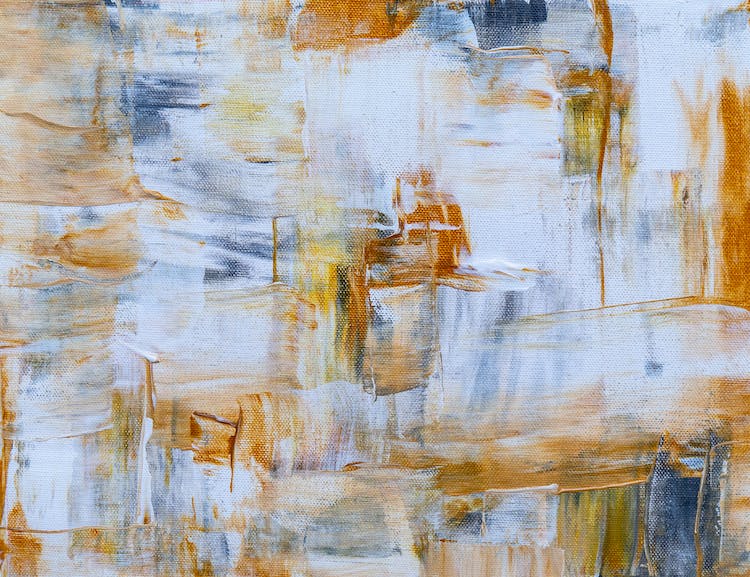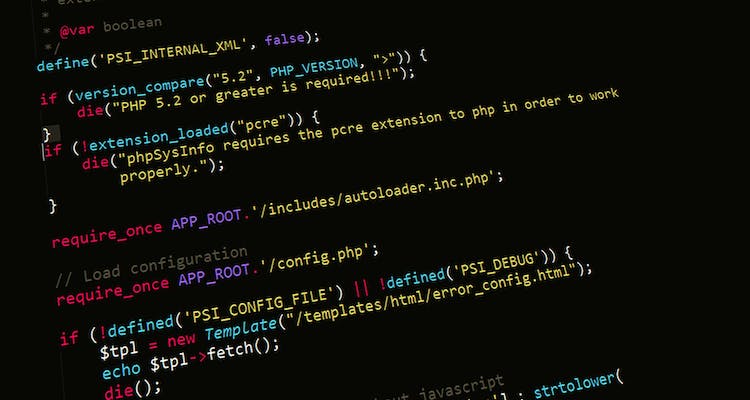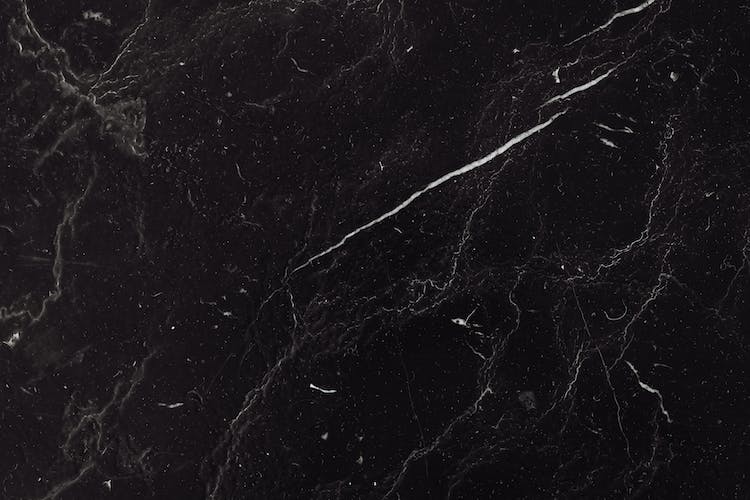Laser cutting is becoming an increasingly popular method of precisely cutting wood sheets into different shapes and designs. Laser cutting offers detailed, intricate designs and pieces that would otherwise be difficult to achieve with traditional cutting methods. With the right knowledge and preparation, laser cutting can be a safe, efficient, and precise way to create small-scale to large-scale projects out of wood sheets. In this article, we will provide some tips for using laser cutting wood sheets to achieve precise and beautiful designs.
Safety
Proper Wear and Protection
When laser cutting wood sheets, it is extremely important to take safety precautions to protect yourself and your equipment. To ensure proper safety, always wear protective clothing, safety glasses, and a dust mask; these will protect you from breathing in (or getting into your eyes) wood and other particles that may become airborne when using a laser cutter or laser engraving. In addition, you should always keep your machine in a well-ventilated area and never operate a laser with a combustible surrounding.
Proper Machine Operation
Proper machine operation is essential when laser cutting wood sheets. Before getting started, consult your laser cutter’s safety manual and understand its features. When operating your laser cutter, make sure it is in a well-ventilated area, as the machine can produce toxins and fumes.
Protect yourself by wearing protective eyewear, gloves, and other PPE, as directed. To get the best results from your laser cutter, use the appropriate type and size of plywood sheet for the job.

Types of Laser Equipment
Laser Sheet Cutters
Laser sheet cutters are precision woodworking tools used to precisely cut and engrave wood, plywood, and other materials using a concentrated beam of light. The designed laser works with a computer-guided mechanism to precisely cut out shapes or engrave complex patterns with precision. Laser sheet cutters can be used with a variety of materials, including plywood sheets with a wood grain, as well as a number of different types of metals.
CO2 Lasers
CO2 lasers are one of the most popular types of laser cutting equipment used for cutting and engraving wood. This type of laser operates by generates a beam of infrared light that is focused on the wood cutting surface with a lens. By focusing this light, it increases in intensity and can burn or cut through material.
CO2 laser cutting wood is suitable for a range of wood materials, from plywood sheets to thicker boards.
CNC Laser Cutters
CNC Laser Cutters are by far one of the most popular laser cutting tools available today. CNC stands for “Computer Numerically Controlled” and these lasers use a beam of light that is focused through a lens to cut or engrave on almost any material. These machines are used by hobbyists, students, and professionals alike because of the accuracy, speed and versatility they offer.

Materials
Plywood
Plywood is a great material to work with when laser cutting, as it offers a wide range of customizations and cutting possibilities. When looking to use plywood with a wood laser cutter, it is important to keep a few key things in mind. First, always check with the manufacturer of the plywood to make sure that it is safe and compatible with laser cutting.
Basswood
Basswood is an ideal material for laser cutting, engraving, and etching due to its unstained, uniform, and pliable nature. This type of wood is often found in hobby and craft stores, and it’s commonly used for model building, art, and certain types of woodworking. This wood is optimal for laser cutting wood sheets because it can be laser-cut without breaking, shredding, and splintering.
Its nature makes it suitable for creating intricate shapes and designs.
Other Types of Wood
When it comes to laser cutting wood sheets, materials, there are a few different types of wood that you can use. Plywood sheets, which can come in a range of thicknesses, are a great option for laser cutting. Plywood is a great option for laser cutting because it is very dense and it can handle the intense heat from a laser cutter.
Hardwoods, such as Oak, Cherry, and Walnut, are also a good option for laser cutting. These can be stained, painted, or sealed depending on the project.

Design Tips
Minimizing Vertical Features
One of the key things to consider when using laser cutting wood sheets is minimizing vertical features. When cutting perpendicular to the wood grain, it can reduce the risks associated with the produced debris. Vertical features can cause burning and charring of the wood, which can be difficult to clean up.
Additionally, these vertical features can create small areas of heat that can create a weak cut. When working with a laser cutter, a good rule of thumb is to focus on cutting horizontally with the grain. This way, the cutter can get deeper into the wood without having to worry about burning or charring.
Additionally, it helps to keep the edges of the cut neat and clean without having to worry about chipping during engraving.
Clarity of Design
When cutting wood sheets with a laser cutter, it is important to have a clear and consistent design. Clarity of design means that you can clearly and easily identify the design elements you want to cut before laser engraving them onto the wood. This is especially important if you are working with a laser that has a lower power output than other machines because it can be harder for the laser to penetrate a denser material, such as plywood.
Additionally, if you are cutting with a laser that has more power, you can achieve better contrast and depth when engraving.

Setting up the Machine
Laser Power Settings
When it comes to setting up a laser cutter for cutting plywood sheets with a wood laser, one of the most important factors to consider is the laser power settings. This setting significantly impacts the speed and accuracy of the laser’s cutting ability, so it’s important to make sure it is adjusted properly. The power of a laser is measured in milliwatts, and the output of the laser is often adjustable.
Speed and Focus of Laser
When it comes to laser cutting wood sheets, the speed and focus of a laser cutter are crucial components to get the best results. For example, when cutting plywood with a laser, the speed needs to be adjusted depending on the thickness of the sheet. Slower speeds will enable the laser to be more focused and provide a more accurate cut, while a higher speed will result in a faster finished product.
Additionally, the focus of the laser is important to ensure the detailed cuts are precise and smooth.

Cutting the Wood Sheets
Choosing the Right Settings
When it comes to using laser cutting on wood sheets, choosing the right settings is key. Plywood sheets are usually made of thin layers of wood bonded together, so you need to tailor your settings to make sure you get an accurate and clean laser cut. When selecting settings, you need to consider the type of wood you’re going to engrave with a laser.
You will then need to set the power levels accordingly.
Tips for an even Cut
When it comes to cutting plywood sheets with a laser cutter, the process can be quite tricky. It requires precise accuracy, complex geometry, and a lot of patience. But, with a few tips and tricks, you can make the process a little easier and ensure an even cut.
One of the most important tips is to make sure that you are using the right type of laser cutter. For cutting wood, you want to use a CO2 laser and not an Nd:YAG laser.
Tips for Avoiding Debris/Smoke
When laser cutting wood sheets, it is important to take safety precautions to protect yourself from fumes and flying particles of the material. To reduce the risk of being exposed to hazardous material, it is best to wear protective goggles and a face mask. Additionally, make sure the laser cutter is in a ventilated area as this will reduce the amount of smoke and debris that is created in the space.
- Always use a respirator mask when using a laser cutting wood sheet to protect yourself from debris and smoke.
- Make sure to place the cutting table in a well-ventilated area to disperse the smoke.
- Keep a wet towel and a fire extinguisher handy in case of any sparks that may occur when cutting the sheet.
- Use a dust extractor to minimize the amount of dust particles created by the cutting of the sheet.
- Regularly clean the cutting surface with a cloth to prevent clogs in the laser cutter.
Finishing the Cut
Finishing Laser Cut Edge
When it comes to finishing the cut on laser cut wood sheets, there are a few important steps you need to take. The first step is to inspect the cut to make sure everything is correct – this means checking for jagged edges, burn marks, and other irregularities. Once everything looks good, the next step is to sand the cut area, using some 120-grit sandpaper, to remove any burrs.
Depending on the type of wood you are using, you may also want to seal the wood before sanding. This will help prevent any further damage to the wood. The next step is to choose a method for finishing the cut.
Tips for Sealing the Cut
Using laser cutting for wood sheets requires knowledge of the craftsmanship for a successful cut. You must make sure to use the appropriate laser cutting settings and make sure the wood is of the same thickness and size.
- Use wax paper to cover both sides of the wood. This will help protect the wood from splintering and provide a smoother finish.
- Use a saw blade, router bit, or oscillating cutter to finish the edges of the shape. This will help to make the cut smoother and more finished.
- Use a sealant such as Shellac and finish with a light sanding. This will help protect the wood from moisture and give it a more even showroom finish.
- Once the sealant has dried, use a polishing pad or sponge to give the wood an even and glossy finish.
- Apply a coat of wax or varnish to the wood to help preserve the seal and give the wood even more protection.

Conclusion
The Benefits of Laser Cutting Wood Sheets
sheets The benefits of laser cutting wood sheets are numerous. With a laser cutter, you can easily cut out intricate shapes and patterns, cutting to exact sizes with precision and accuracy. Also, laser cutting is relatively quick and clean, meaning less mess and stress.
Not only that, but laser cutting can often reduce waste by creating the exact shapes and sizes you need. You are also able to laser engrave or mark wood sheets with various designs, logos, text, or images. Additionally, laser cutting is highly versatile and can be used to create a wide range of products and components from wood sheets.
Tips for a Successful Cut
Concluding our tips for using laser cutting wood sheets, there is one essential step that is a must before you fire up your laser and cut the plywood – make sure to properly prepare your work area. A clean, well-lit space is the best environment to work in and will help ensure you make a successful cut. Additionally, you should position your plywood sheets to be in the center of the laser bed, and make sure that they are secure while they are being cut.


